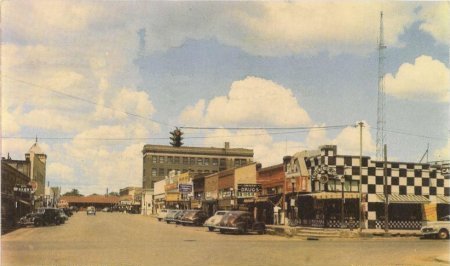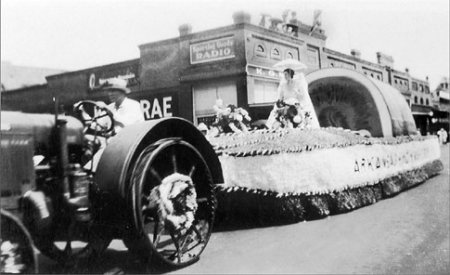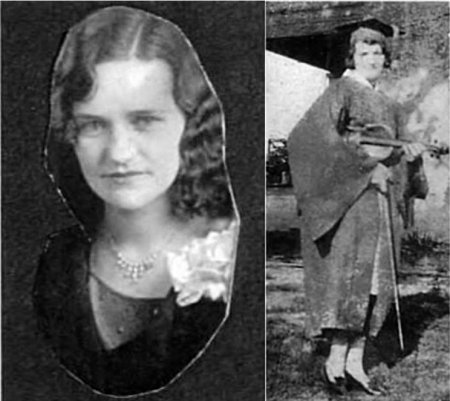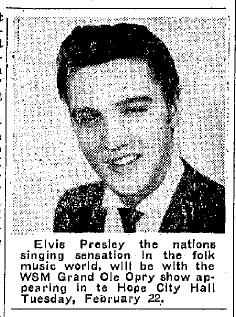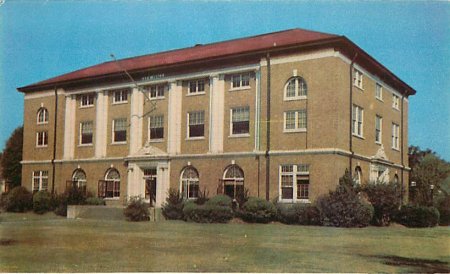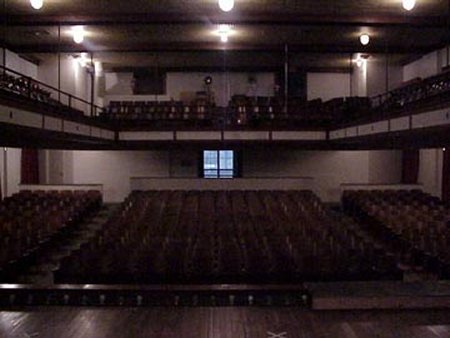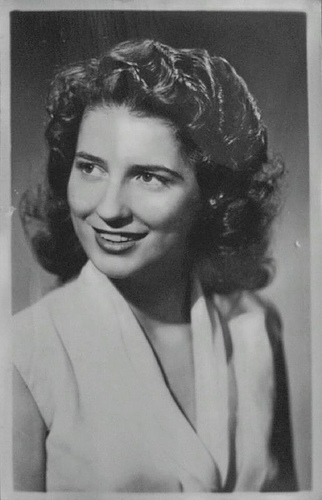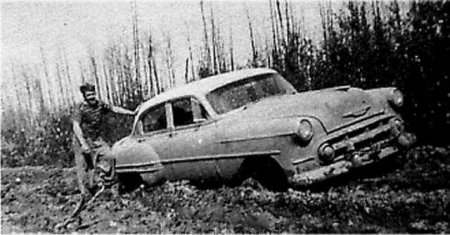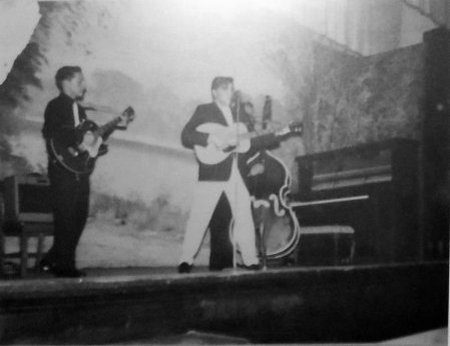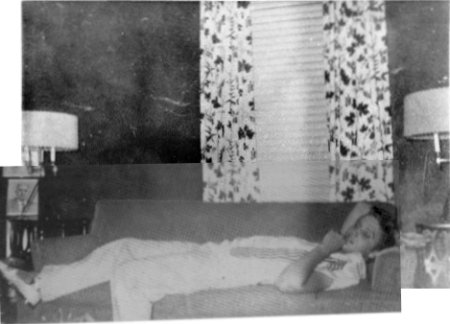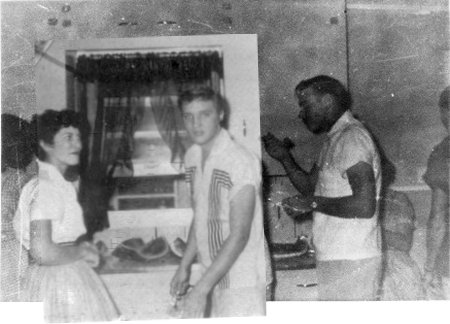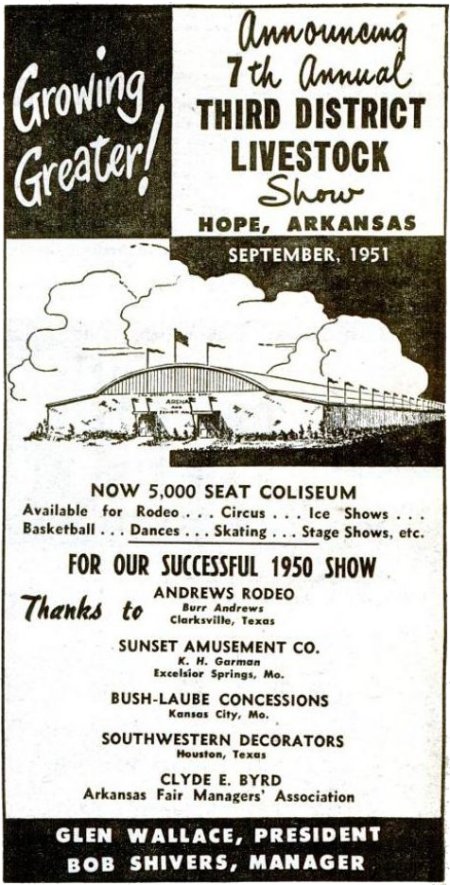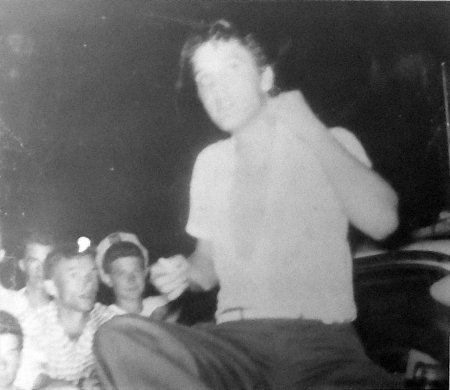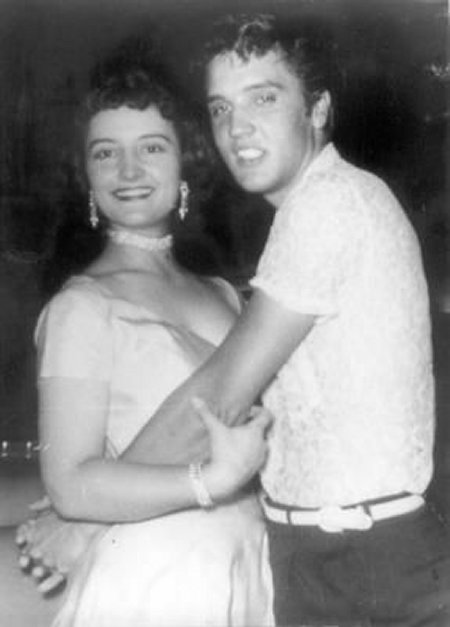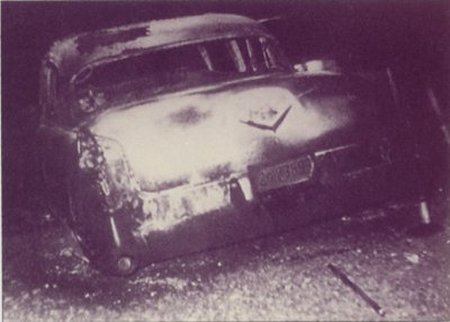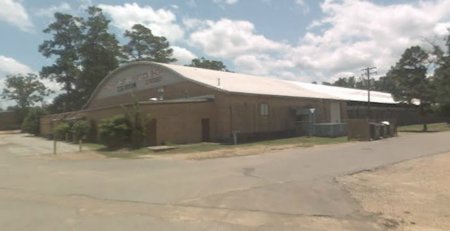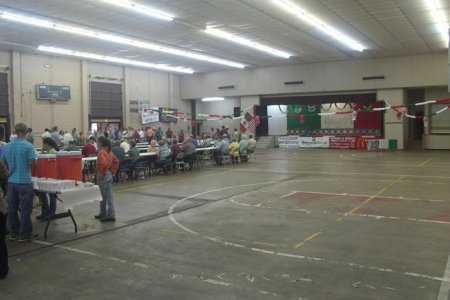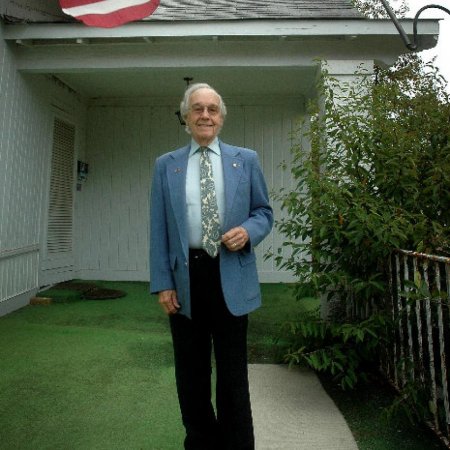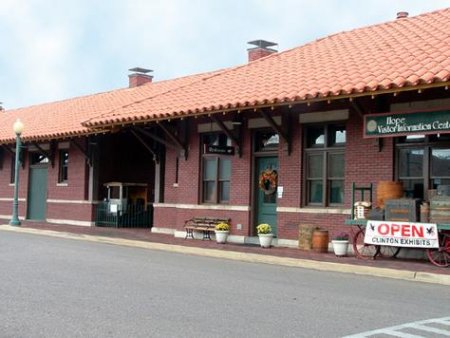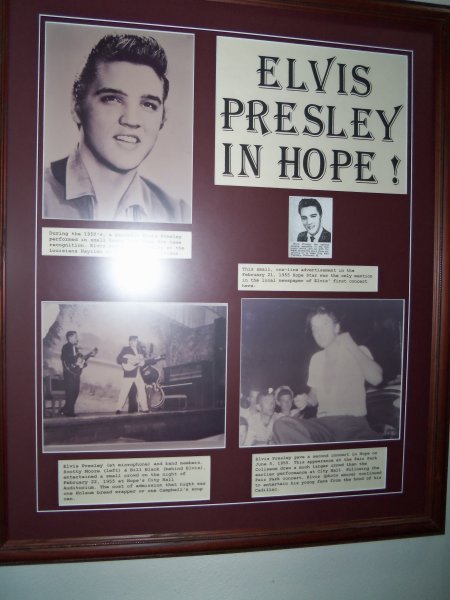 |
City Hall Auditorium & Fair
Park Coliseum
Hope, Arkansas was first settled in 1852 and is situated in the southwest corner of the state, 25 miles northeast of Texarkana and 120 miles southwest of Little Rock. In 1853, the Cairo and Fulton Railroad, the predecessor of today's Union Pacific, was chartered by the State of Arkansas to build a railroad line across the state from Missouri to Texas. James Loughborough, the land commissioner for the railroad, drew up the original plans for the city and named the workmen's camp for his daughter. The city was incorporated in 1875. Since 1939 it has been the seat of Hempstead County.1
Hope is the birthplace of William Jefferson (Bill) Clinton, the fortieth and forty-second governor of Arkansas and the forty-second president of the United States, and also Mike Huckabee, Arkansas’s forty-fourth governor. In the 1920s, John S. Gibson, a druggist who also sold seeds, started a watermelon-growing competition to promote the economy and the Chamber of Commerce sponsored the first Watermelon Festival in 1926. It has since become renown as home of the world's largest watermelons.1
Hope had been producing its own electricity since 1900, with its own water and light plant, an idea promoted by retired steamboat Captain Judson T. West. The City Hall was built in 1926, at 206 W Avenue A Street, largely with funds from those profits, and also contained the city's auditorium. The auditorium takes up the 2nd and 3rd floor accessed by two staircases on the east end of the building. The main floor of the auditorium (2nd level of the building) sat 400 with about 200 more in the (3rd floor) balcony.
The Auditorium was also used to host commencement ceremonies for Hope High School. Ruby Rose Blevins was one of 64 in the class of 1928 that graduated from Hope and one of her proudest and most vivid memories was looking through the curtains and seeing her mother in attendance. Known professionally as Patsy Montana she would later become the first female country singer to have a million selling single, I Want To Be a Cowboy's Sweetheart. She would later write, graduation from Hope High School in 1928 was a statement of courage, diplomacy, determination and persistence. It took me from the Ozark hills to the Smithsonian Institution in Washington, D.C.; WLS and the Chicago National Barn Dance; The Grand Ole Opry in Nashville; The Ozark Jubilee in Springfield, Missouri; a motion picture in Hollywood; and around the world.2
Months before the United States entered World War II, the government built the Southwestern Proving Ground, an army ordnance plant just north of Hope which employed more than 750 daily from Hope and surrounding counties. At the end of the war some of the employees, both civilian and army, remained in Hope. Among them was an officer, Paul W. Klipsch, who would soon start Klipsch and Associates, one of the first U.S. loud speaker companies.
On February 22, 1955, Elvis, Scotty and Bill made the first of two appearances in Hope. It was one of the last stops on a tour billed as a "Grand Ole Opry" shows that featured the Duke of Paducah , Mother Maybelle and the Carter Sisters, Jimmie Rodgers Snow, Charley Stewart and Uncle Dudley. They had performed the night before in Camden and the tour would wrap two days later in Bastrop, Louisiana.
At this time, as Peter Guralnick wrote, there was no aspect of Elvis' new life with which he was not entranced. When the Carter Sisters and Mother Maybelle joined the tour, he and Scotty both were a little taken with Anita, the youngest sister, and they considered it a great triumph when they could get her to ride with them, away from the watchful eye of Mother Maybelle.3
Though Anita was the youngest sister, by this time she was a month shy of 22 years old and had been married and divorced to Don Davis, the steel guitarist with Pee Wee King's band. She was only 17 when her family joined the Opry in 1950. Jimmie Rodgers Snow recalls Anita as a great person and enjoyed working with her in those days, as he did with Elvis. He said, I often tell people about those days, and tell what a great person Elvis was. I honestly never saw him take a drink, smoke, or use profanity in anyway. I can't say the same about myself. I was a terror in those days, but Elvis was always good to me.
He remembers that on the way to the show in Hope, he and the Carter sisters, Anita at the very least, rode together. Elvis drove and decided to take a short cut on what we thought was a good gravel road. We found ourselves on a dirt road that was not finished and we did not think about the fact that it had just rained. He got his car stuck on that road, and we could not go any further. We had to be at the show, and we were running out of time.
Guralnick wrote that Scotty tried to make time with Anita in the backseat while the others did what they could to persuade a farmer to help pull them out of the mud.3 They were unsuccessful (as was Scotty) and had to leave the car behind and pick it up later. Jimmie said, a farmer picked us up and we rode in the back of his truck. We all rode in a farmers truck in the back standing up to get to the show. If it had not been for him helping us we would not have made the show that night. I imagine that he has talked about that a 1000 times.
Billboard Magazine reported that the show was promoted in part by Carroll A. Wynn of KXAR radio in Hope. Wynn had a one hour show called "Cousin Carroll Calling" that ran five days a week in addition to a 10 minute sponsored show, "Country Music Time." At the time she had been complaining about the plight of small town country and western deejays and their inability to locate and order records while they were still a "hit" since a number of the major companies, aside from Decca, stopped shipping new releases to the smaller stations. Subsequent issues reported that RCA Victor was one of the first to rectify that.4 According to Lee Cotten, the show did not draw anything close to a full house and it may have been co-sponsored by Holsum Bread, as one teen recalled getting in free with a bread wrapper.5 According to locals, admission was actually one bread wrapper or one Campbell's Soup can. George Frazier, a local, was the emcee of the show. At the time he recalled not being all too impressed.
Their second and likely last appearance in Hope is said to be on the following June 5th. According to recollections of Margie Marek as told by Bill E. Burk, it was in the summer. She had first seen Elvis in nearby Texarkana and heard that he would perform in nearby Hope, Arkansas though evidently misremembered the venue Four States Fairgrounds, singing from a flatbed truck. Johnny Cash, George Jones, Jim Ed Brown and his sisters were also on the show. We arrived early to get good seats and be close enough to talk to him. He said he was going to a watermelon party after the show; asked if we would be there. That was the first we had heard of the party. He left immediately after the show for the party. We checked on the party and were told no one under eighteen was allowed there. Bill credited the party as believed to be the first Elvis fan club meeting in history.6
Margie likely confused the venue and events with another she may have attended in the area, possibly nearby New Boston, TX where they performed at the High School field. The watermelon party in Hope was at the home of Lura Mae Mitchell, who at the time was the president of a local fan club, the Tommy Sands fan club in actuality. In actuality Margie appears to have misremembered more than the venue. They performed at the Coliseum in Fair Park and though the Browns may have shared the bill, its not likely that Johnny Cash or George Jones would have at that time. Other events said to have followed the show that evening cast doubt on the party being the same date as well.
The Coliseum and exhibit building in Fair Park was completed in July of 1950 at a cost of $125,000. It was completed in time for the 6th Annual Third District Livestock show. It featured a 5000 seat arena in addition to the coliseum hall. Its intended use was for Rodeo, the Circus, Ice Shows, Basketball, Skating, Home Shows, Dances and stage shows with name bands on a year round basis.4 Initially, there was no permanent stage, in either the arena or smaller venue of the Coliseum, they used temporary platforms.
According to Lee Cotten, on June 5, 1955 Elvis drove from Shreveport to Hope, Arkansas, where he played the indoor Coliseum located in Hope Fair Park. On stage he was dressed in a white lace shirt, black pants and no jacket*. The turnout for this Hope appearance was much greater than the poor showing in February. (Authentication comes from the back of a photo showing Elvis seated on his Cadillac behind the Coliseum. It is autographed and dated on the back. It belongs to a fan who desires anonymity.)5
Bobbie Rae Powell was attending a baseball game in the park, when she heard the music. Along with a friend, she ambled over to the Coliseum in time to catch Elvis taking a break. He was standing out front with several entertainers and was wearing black pants with a stripe down the leg and a pink coat. Bobbie knew of Elvis, but her interest lay with the boys playing baseball. Even Gwen Telford of Texarkana, who was kissed by Elvis a month earlier, remembers that she was visiting her aunt and uncle in Hope when she heard that Elvis was performing in town. Unfortunately, she arrived at the park after his show was over. She did get a chance to renew Elvis’ acquaintance, although she wouldn’t say if she was kissed a second time.5
Elvis had been dating Shirley Searcy at the time, a girl from Troup, TX he had first met in Shreveport at a Hayride show. On this particular trip she and friends had accompanied Elvis, Scotty and Bill from to Hope. After the show Elvis drove with Shirley while Scotty, Bill and the others drove together behind them.
Elvis had made it bout halfway to Texarkana, just outside of Fulton, and as Peter Guralnick wrote, a wheel bearing caught fire and he had watched his pretty pink Cadillac burn up. He had had it for little more than two months, and he was as proud of it as anything he had ever owned. For a moment, as Scotty and Bill gave him a hard time and the instruments and clothing sat forlornly by the side of the road, it was like watching all his dreams go up in flames — but then there was business to be taken care of, they had to charter a plane to get to the next show, call Bob (Neal), get someone to drive the Crown Victoria down to meet them in Dallas, move on.3
The Coliseum received renovations in the 1980s and at that time a permanent formal stage was added. Today it hosts activities that include the Third District Fair and Livestock Show, the Watermelon Festival, and other community events.
The Watermelon Festival has continued to draw interest since the first one in 1926, especially after the Ivan and Lloyd Bright 1979 and 1985 melons were listed in the Guinness Book of World Records. In August 2004, more than 20,000 attended the four-day event.1 Paul Klipsch went on to hold 23 patents and the incredibly efficient Klipschorn loudspeaker he designed, with minor variations and improvements, is still being produced today. In June of 1995 the Auditorium in Hope's City Hall was renamed the Paul W. Klipsch Municipal Auditorium in his honor.
Acoustically, it is a very good auditorium and little about it has changed since 1955. An elevator was added just outside the auditorium and it now has central heat and air. The ceiling, trim and seats are the same though several were removed when two ramps were added in the front of the stage and when lighting equipment was added to the balcony. Curtains have been added to the windows to help muffle the sound of the trains coming through Hope.
In the fall of 1995, just before her eighty-seventh birthday, Patsy Montana played concerts in Hope and Little Rock. She was frail and tiny in her boots and cowboy hat, but she sang and yodeled vigorously, closing as always with “I Want to Be a Cowboy’s Sweetheart.” She died in San Jacinto, California, on May 3, 1996 and was inducted into the Country Music Hall of Fame later that year.
Anita Carter, along with her family, would later become a regular touring act with Johnny Cash though she would occasionally record solo. She would later write and record Ring Of Fire, which Johnny would soon have a hit cover with. In 1962, she recorded All My Trials, a traditional folk song which would be adapted by Mickey Newbury in his American Trilogy, which itself would become a staple in Elvis' act during the '70s. Anita's last charting with the Carters was in 1973, she passed away in 1999.
George Frazier, who served as the master of ceremonies for Elvis' show in 1955, is now 93 years old. Frazier told a friend he thought Elvis should keep his day job. “Later I felt like an idiot. He became one of our greatest entertainers,” Frazier said.
The 1912 Iron Mountain depot on Division Street at the end of S. Main was rededicated in 1996 as a visitor center and museum. Exhibits include the history of Hope, the story of Hope’s world champion watermelons, Missouri-Pacific Railroad memorabilia, and the life of Clinton from Hope to the White House.1
Among the items on display there is a small section devoted to Elvis and his appearances in Hope.
Page added December 19, 2011 * It has been suggested that the date of the Coliseum show may have been June 7th. It is thought that the date of the Cadillac burning was the 5th, the same night as the Coliseum show which all may originate from what Lee Cotten described as the handwritten date on the rear of the photo. That photo is likely the one on display in the visitor center and dated as such. No further verification of either date is known by us at this point. Special Thanks to Jimmie Rodgers Snow, Mark Keith of the Hope Chamber of Commerce, Darrell Allen and Vicki B. Lewis for their assistance with this page. 1 courtesy Mary Nell Turner ©
Encyclopedia of Arkansas History & Culture July 25, 2011
Now we know what became of the camera he had in Meridian in May at least.
article added March 1, 2012
|
|
|
All photos on this site (that we didn't borrow) unless otherwise indicated are the property of either Scotty Moore or James V. Roy and unauthorized use or reproduction is prohibited. |
